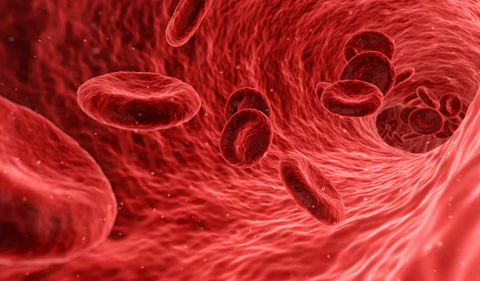Elite athletic performance depends on several factors, including the body's ability to transport oxygen to the muscles. One popular method of improving this ability is through controlled exposure to hypoxia to increase haemoglobin levels, thereby improving the efficiency of oxygen transport. In this blog, we will explore how exposure to low-oxygen environments, such as high-altitude training or hypobaric chambers, can stimulate haemoglobin production and improve athletic performance.
There are many variations of passages of lorem ipsum available, but the majority have suffered alteration in some form, by injected humour, or randomised words which don't look even slightly believable. If you are going to use a passage of lorem ipsum, you need to be sure there isn't anything embarrassing hidden in the middle of text.
What is haemoglobin and how does it relate to sports performance?
Haemoglobin is a protein found in red blood cells that carries oxygen from the lungs to the body's tissues. Higher haemoglobin levels improve the body's ability to carry oxygen, which is essential for endurance sports. Exposure to hypoxia stimulates the production of erythropoietin (EPO), a hormone that triggers the production of red blood cells, thereby increasing haemoglobin levels.
Haemoglobin and red blood cells increase through exposure to hypoxia:
Increased haemoglobin Studies show that training in hypoxia or exposure to altitude (typically between 2,000 and 3,000 metres) can lead to a 4 to 10 % increase in haemoglobin levels over several weeks of exhibition (Wehrlin and Marti , 2006) .
Increased red blood cell mass The increase in total red blood cell mass can range between 5 and 12 % depending on the duration of exposure to hypoxia and individual responses. (Wilber , 2007) .
Erythropoietin (EPO) response EPO production, which stimulates the production of red blood cells, can be increased between 20 and 30 % shortly after exposure to high altitudes, leading to these increases in haemoglobin and red blood cell mass over time (Mazzeo , 2008) .

Conclusion
Training under hypoxic conditions is a proven strategy for increasing haemoglobin levels, which in turn can significantly improve performance in endurance sports. Both natural altitude exposure and hypoxia chambers can be valuable tools for athletes seeking to maximise oxygen carrying capacity and overall performance.


